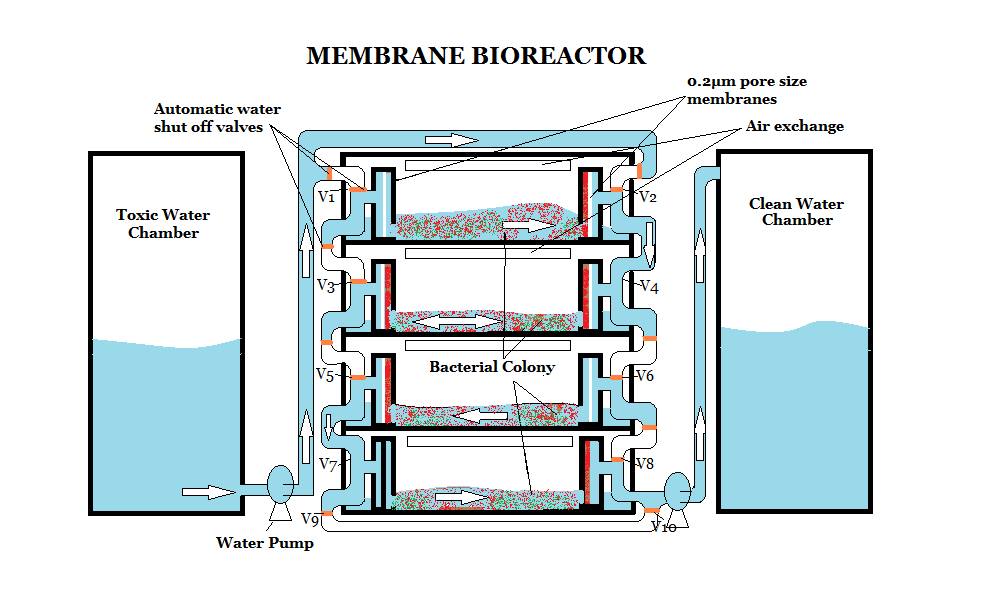Difference between revisions of "Team:Toronto/Technology-Applications"
| Line 64: | Line 64: | ||
<li><a href="https://2015.igem.org/Team:Toronto/Measurement"><span>measurement</span><i class="fa fa-bar-chart"></i></a></li> | <li><a href="https://2015.igem.org/Team:Toronto/Measurement"><span>measurement</span><i class="fa fa-bar-chart"></i></a></li> | ||
</li> | </li> | ||
| − | <li><a href=" | + | <li><a href="#"><span>software</span><i class="fa fa-code"></i></a> |
| + | <ul> | ||
| + | <li><a href="https://2015.igem.org/Team:Toronto/Software"><span>software</span></a></li> | ||
</li> | </li> | ||
| + | <li><a href="https://2015.igem.org/Team:Toronto/Demo"><span>demo</span></a></li> | ||
| + | </li> | ||
| + | <li><a href="https://2015.igem.org/Team:Toronto/Generator"><span>wiki generator</span></a></li> | ||
| + | </li> | ||
| + | </ul> | ||
<li><a href="https://2015.igem.org/Team:Toronto/Entrepreneurship"><span>entrepreneurship</span><i class="fa fa-institution"></i></a></li> | <li><a href="https://2015.igem.org/Team:Toronto/Entrepreneurship"><span>entrepreneurship</span><i class="fa fa-institution"></i></a></li> | ||
</li> | </li> | ||
Revision as of 22:57, 19 November 2015
Bioreactor Design
The goal of our project is to sunthesize bacteria that can effectively degrade Toluene. At the same time we are aware of the safety concerns and public perception of introduction of synthetic organisms into the environment.
We have tried to address this issue in two ways:
- Public engagement and education about our project(mentioned in community-outreach.md)
- A Novel bioreactor design that can efficiently use bacteria to degrade toluene while keeping it separate from the environment.
Design:
As shown in the image the middle chamber is the reaction chamber, separated into multiple shelves. Each shelf has a discrete colony of bacteria(shown in red) along with natural bacteria(shown in green) that originally degraded toluene in the environment. On each side of the shelves we have a 0.2 µm pore size membrane. The purpose of these membranes is to confine bacteria into each compartment. The inlets and outlets of water on each side of the shelves is guarded by automatic water shut off valves.
Reasons for being technology application design:
- Multi-stage purification of water allows thorough contact between bacteria and the water. Water being purified in multiple smaller loads of water is more effective than bulk amount of water with all the bacteria in it. Bulk amount of water with bacteria requires mixing of water.
- 0.2 µm pore size membranes allow no bacteria to escape each bacteria. Thus ensuring no bacteria enters fresh water.
- Better control – Automated gates control two way flow of water, ensuring no overflow of water in each shelf.
- Alternating flow - Two way flow of water in each shelf considerably reduce fouling and biofilm formation, since bacteria is shuffled back and forth in the shelf with each load of water.
- Non-conventional use of membranes – Membranes are primarily used to confine the bacteria in each shelf instead of conventional use of membranes (i.e filteration). Hence, considerably increasing the life span of membranes.
- Considerably low cost:
- No manual mixing of water required, since water goes through multiple stages of purification.
- Direct surface contact with air requires no addition of oxygen, since bioreactor does not need to be sealed.
- Cheaper maintenance – Due to alternating flow of water, the life span of membranes is considerably longer, hence requiring less maintenance.
Challenges faced and proposd solutions:
| Challenges | Proposed Solutions |
|---|---|
| Direct air contact can allow volatile toxins to escape into the environment | We check the amount of toxins in water to not surpass the saturation point(by obtaining the top layer of water resting above thick cake of toxins). Hence, least amount of vapors are released in the air, which turns out to be negligible amount as per WHO standards. |
| Flux through micro-pore membrane | To obtain high flux through the membranes we will need to use light suction. However, we can increase the coss-sectional are of the membrane to increase flux |
Conclusion:
This novel design of bioreactor can confidently address the public concerns and safety issues of keeping synthetic bacteria separate from the water. Furthermore, it operates at lower cost while effectively degrading Toluene in comparison to conventional bioreactors.
References:
- World Health Organization. Toluene in drinking water: background document for development of WHO guidelines for drinking-water quality. 2004.
- L. van Dijk, G.Roncken, Membrane bioreactor for wastewater treatment: the state of the art and new developments. Water Science and Technology, 1997.35:10; pg.35-41
- Shah, Pranjul. Microfluidic bioreactors for culture of non-adherent cells
- Montseny, Emmanuel. Control of fed-batch bioreactors models by means of dynamic time-scale transformation and operatorial parametrization
- Gagliardo, P. Water reclamation with membrane bioreactors
- Chang et al. Carbon nutrition of Escherichia coli in the mouse intestine. Proceedings of the National Academy of Sciences of the United States of America, 2004. 101:19, pp. 7427-7432
